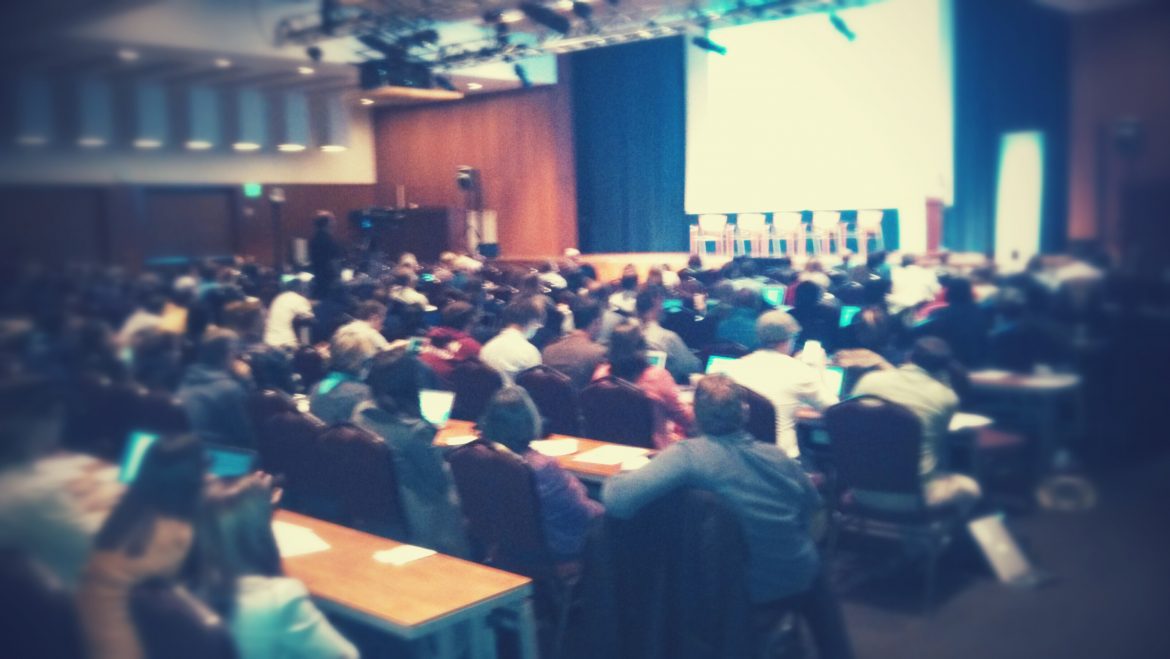
At the the heart of building a deeply effective team no matter where we are located, the strongest foundation for encouraging productivity is trust. I felt this theme across several times from the opening speakers at the inaugural OFFICE OPTIONAL conference today and it really hit home. Teryn Rikert, Consultant in Applied Research at Steelcase (@Steelcase) said it best, “Trust is the single biggest differentiator between effective collaboration and collaboration that is effectively a waste of time. This is true whether you’re together or distributed”.
Woof. Point nailed – everyone can go home now.
Just kidding.
This is just the start of the conversation. Trust is a simple principle but has complex considerations as every organization is different in how it can create a more trusting environment. How we build this trust in our own teams takes work and lots of it. If it is not at the heart of why we go to all of this effort to make teams effective, it’s time to do an evaluation. I am often asked by my executive team “I want to know the why not just the what behind how we do things”. As William Donnell, Lead Designitist & Founder at Sodium Halogen (@sodiumhalogen) beautifully stated today, “It’s not just about building communication, it’s about building community.” In essence, trust builds effectiveness and breeds a deeper, more meaningful community. Tools are meaningless if they don’t accomplish the goal of creating a stronger team that essentially become better at trusting each other. Since 70% of our CodeScientists work remotely, a few members of our management team agreed that we needed to peer into this collective conversation and learn about interesting ways we can improve our own community and address how these tools can rear effectiveness. Some of the interesting topics that we learned at Office Optional were tips and insights that are helping other teams become more effective in collaboration and communication.
Things to consider:
- Pair Programming or CoLocating- a technique that forces community and co-ownership in working together. This technique is typically found in development and programing, but can extend into a great practice in your organization.
- Learn when to end the work day and help people feel more productivity by doing so.
-
- Examples:
- Set a boundary in your organization that states no emails after “X” time (in any time zone).
- Find out the best time zone ranges in your organization and limit your daily meetings.
- Add features to managing your inbox by adding apps like Boomerang.
- Examples:
- Invest in making remote working environments an equal playing field (get your team proper speakers, video capabilities, dedicated conference call rooms, permalinks, etc).
We are not alone in learning how to be effective from anywhere and we are starting to talk about it. As it turns out, it takes lots of practice to be efficient at managing distributed teams and there are many organizations across the globe that deal with this amazing culture conundrum.

